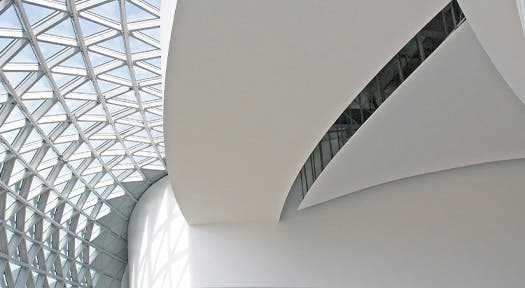COOKIES
نحن نستخدم أدوات ، مثل ملفات تعريف الارتباط ، لتمكين الخدمات والوظائف الأساسية وجمع البيانات حول كيفية تفاعل الزوار مع موقعنا.
بالنقر فوق قبول ، فإنك توافق على استخدامنا لهذه الأدوات للإعلان والتحليلات والدعم.
انقر فوق إخلاء مسؤولية ملفات تعريف الارتباط لمعرفة المزيد بما في ذلك كيفية تعطيل ملفات تعريف الارتباط. إخلاء مسؤولية ملفات تعريف الارتباط

























